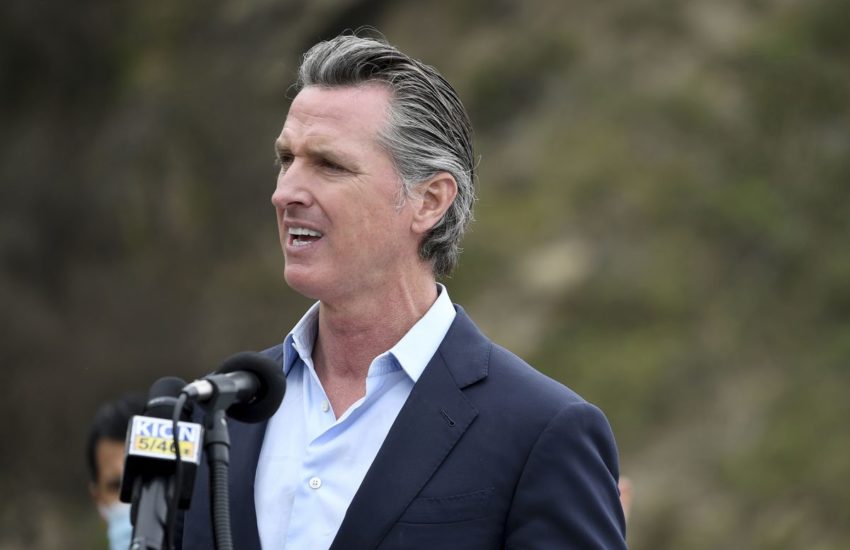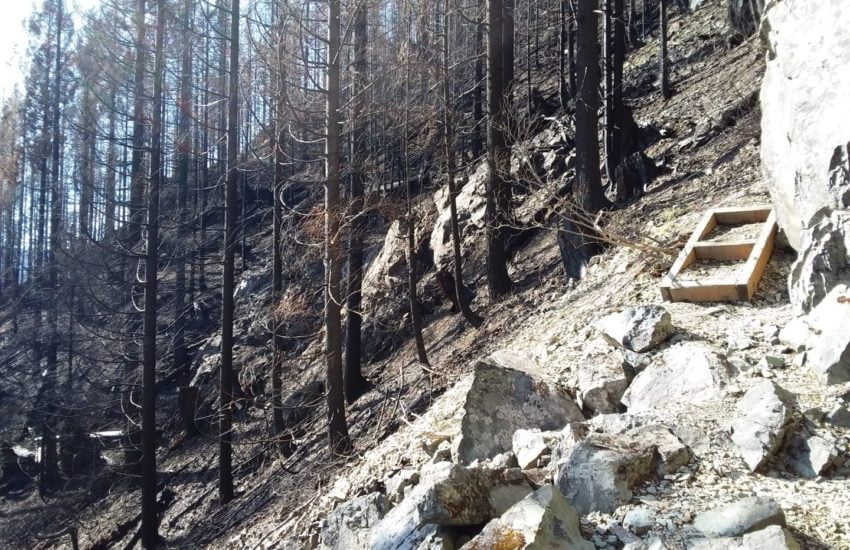
Augusta, Maine. February 10, 2020 — State and federal environmental officials today finalized their decision to use an $800,000 natural resource damage settlement to fund four Penobscot habitat restoration projects benefiting fish, wildlife and communities in Hampden, Charleston, Sedgwick and Brooksville. The projects to replace road culverts and install fishways are outlined in the Final Restoration Plan for the Chevron Oil Terminal Facility in Hampden.
The Chevron settlement relates to multiple releases of oil at the former Chevron and Texaco marine oil terminal facilities on the Penobscot River in Hampden. The Maine Department of Environmental Protection; Maine Department of Agriculture, Conservation & Forestry; Maine Department of Inland Fisheries & Wildlife; Maine Department of Marine Resources; National Oceanic and Atmospheric Administration (NOAA) and U.S. Fish and Wildlife Service (collectively, the natural resource trustees for the site) are responsible for selecting natural resource restoration projects that would restore, replace or acquire the equivalent of the natural resources that were injured.

In late 2017, the trustees requested ideas from the public for restoration projects within the Penobscot River watershed. Four project ideas were submitted by Atlantic Salmon Federation, The Nature Conservancy, Maine Coast Heritage Trust and Lane Construction. The trustees proposed to partially fund all four projects in a draft restoration plan that was published for a 30-day public comment period in summer 2019. After considering the public comments, the trustees have officially selected all four projects for funding in the Final Restoration Plan for the Chevron site.
The selected projects are located in Kenduskeag Stream (Charleston), Sucker Brook (Hampden) and the Bagaduce River (Sedgwick and Brooksville). Overall, seven undersized and/or perched road culverts will be replaced, and two fishways will be installed. Combined, these projects will open up more than 17.5 miles of river and stream habitat to benefit migratory fish (American eel, alewife, blueback herring, rainbow smelt and Atlantic salmon), invertebrates, amphibians, reptiles, birds and mammals.
These projects will complement fish passage efforts by federal and state agencies in the Penobscot watershed, including the removal of the Great Works & Veazie dams on the mainstem, and the installation of a byway for fish and other aquatic wildlife at the Howland Dam. A U.S. Fish and Wildlife Service study found that every mile of river opened so that fish can move freely can contribute more than $500,000 in social and economic benefits once fish populations are at their full productivity (https://www.fws.gov/home/feature/2011/pdf/fisherieseconomicreport.pdf).
It is anticipated that three of the four Penobscot habitat restoration projects will be implemented in 2020 and the trustees will continue to provide updates to the public on these projects and their benefits to the Penobscot River watershed.

